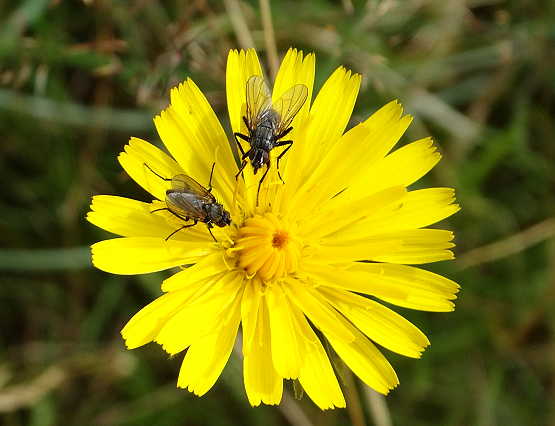Friday 29 September 2017
Sunday 24 September 2017
The Summer
I spent a wonderful summer with GB, part of which was at his home on the Isle of Lewis. I already want to go back. I miss....
Road names in Gaelic...
Attractive ruins...
Big skies...
Friends...
Flowers...
Birds...
Passing places on the narrow roads...
Sheep including Hebridean Sheep.......
Road signs that you don't get on Merseyside...
Shielings...
Lochs...
Offshore islands....
Lighthouses...
Road names in Gaelic...
Attractive ruins...
Big skies...
Friends...
Flowers...
Birds...
Passing places on the narrow roads...
Sheep including Hebridean Sheep.......
Road signs that you don't get on Merseyside...
Shielings...
Lochs...
Offshore islands....
Lighthouses...
and so much more.
Tuesday 19 September 2017
Monday 18 September 2017
Playing
One advantage of having no laptop for a while was that I got to know lotsvof new things about my phone. One of those was how to use Android art apps to play with photos.
These were some of the results...
These were some of the results...
Thursday 14 September 2017
The Callanish Stones
The Callanish Stones (or "Callanish I", Clachan Chalanais or Tursachan Chalanais in Scottish Gaelic) are an arrangement of standing stones placed in a cruciform pattern with a central stone circle. The central monolith is 4.8 metres high.
They were erected in the late Neolithic era, between 2900 and 2600 BC, and were a focus for ritual activity during the Bronze Age. They are near the village of Callanish (Gaelic: Calanais) on the west coast of Lewis in the Outer Hebrides, Scotland and are one of my favourite places to go to when I am visiting GB, as I did this summer.
There are at least nineteen other circles and standing stones in the Callanish area.
On the path between the visitor centre and the stones is a memorial bench with one of the best views of any such bench, anywhere in the UK.
David Booth, from Stornoway, was reported missing by his family on 31 May 2013 while known to be travelling in India. Police in India said the 28 year old’s body was found in the Kullu area. Mr Booth's family said: "David was a loving son, brother, uncle, nephew, brother-in-law and friend. He was a gentle soul and loved life, especially travelling the world to places like Brazil, Eastern Europe and India, where he made many friends. He'll be sorely missed by all that knew him and we take comfort that he died having lived such a full life and in a country he loved travelling in."
Alongside the path are a variety of wild flowers, just a few of which I photographed while we were there this time.

Croft and field dividers on Lewis are mostly wire fences with regular wooden fence posts but around Callanish there are also plenty of dry stone walls, built to an impeccable standard.
Behind GB in the next picture is The Sleeping Beauty, also known as the 'Cailleach Na Mointeach' or 'Old woman of the moors', a skyline of a woman's prone form.
Subscribe to:
Posts (Atom)



































































































